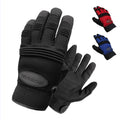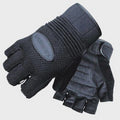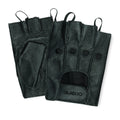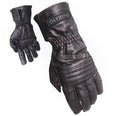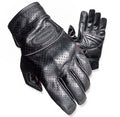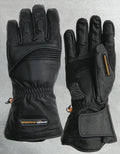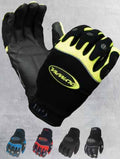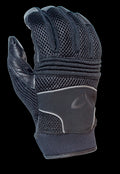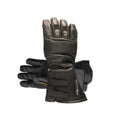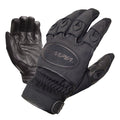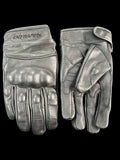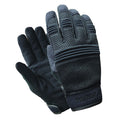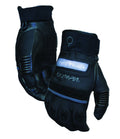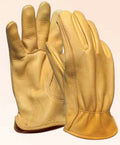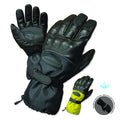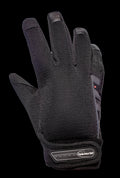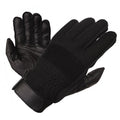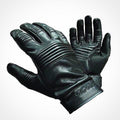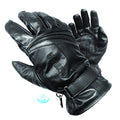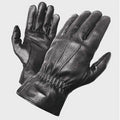Getting Your Bike Ready For Spring: Motorcycle Maintenance
Posted by ROGER HEUMANN
Spring has sprung and you’re about ready to break down that garage door and hit the road. Before your heel hits that kickstand, take a little time to make sure your bike is as ready for spring as you are.
Inspect the Petrol
If your motorcycle has been sitting all winter with fuel in the gas tank, you may want to put your first ride on hold. Or if your tank is almost empty, you may want to inspect it. Here’s the deal: Part of spring preparation should actually start in the fall. Using gas stabilizer over the winter is common practice for many bikers. Here’s why.
Since gasoline is made up of different parts, some of it can evaporate when your fuel sits untreated for several months. A brown gunk called varnish gets left behind. The bad news is that varnish can clog the small jets inside a carburetor, leading to sluggish performance, hard starting or even no starting.
The good news is that there’s something you can do if you’re concerned about varnish. If you drop the float bowls on the carbs, dump out the gas that remains, and clean out any residue with carb cleaner you can most likely clean out the offending varnish.
It’s a bit of a different story if your tank was low when you parked the bike last year. If that’s the case, it’s possible that condensation has formed inside. Draining all the remaining fuel and replacing it with fresh gas is your best bet. Keep that fuel tank and valve – the petcock – in good working order. Gumming up the works and getting stranded is no fun.
The Black Gold
This may seem like a no-brainer, or even a waste of time, but be sure to check your oil before that first spring ride. “There’s no oil under the bike. Why would I check the oil?” Better safe than sorry. Plus, you might consider oil engineered for cooler weather at the beginning of the spring, then switch to warmer-weather oil.
If changing your oil in the fall is part of your routine, then simply checking the oil level is likely good enough. However, if it’s not then you may want to consider making an oil change (and filter replacement) part of your spring tradition.
Even if you’ve ridden in the winter – maybe you’re one of those 12-month riders who gets out at least one day each month – starting the spring with fresh oil and a new filter isn’t a bad idea.
Shocking: A Battery Fable
Many mechanics suggest putting your bike’s battery on a trickle-charge during cold weather months. This is because each time your battery dies, it loses a little bit off its lifespan. As spring begins to dawn, check your battery with a battery tester. If it’s not doing well, put it on a charger and see how low-voltage affects it. A trickle charge can help your battery last longer, so be patient.
Tread Cautiously: Tires
Your safety is at risk if you’re riding on bad tires. Check for bare spots, flat spots, tire pressure and any kind of flaws that may pop up during the winter. When a bike sits for a long period of time, tires can get flat spots, especially when they’re a softer compound. Take good care of your tires and they’ll take good care of you all season.
Pro tip: Check your tread often. Those tires can go quickly without you realizing it. Safety first.
The Forgotten Fluids
One fluid often overlooked is your brake fluid. Even when you’re not riding regularly, your brake fluid can draw in moisture and go bad. This is because brake fluid is extremely hygroscopic. It has a tendency to absorb moisture straight out of the air. At the very least, check and top off the fluid levels in your master cylinder, ensuring you use the correct brake fluid for your bike (different DOT brake fluids should not be mixed.) Ideally, you should do a complete flush of your brake system with new fluid.
Taking time to make sure your bike is good working order is a good idea before any ride. But a full inspection after it’s sat for months ought to be your first order of business as soon as spring is blooming.
Keep your shiny side up.
Photo Courtesy of New Deal Network



